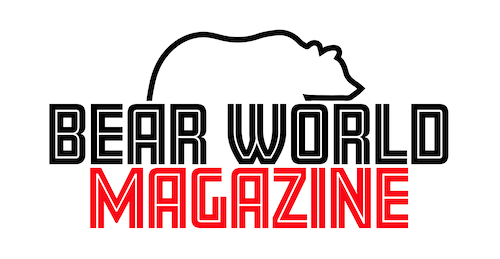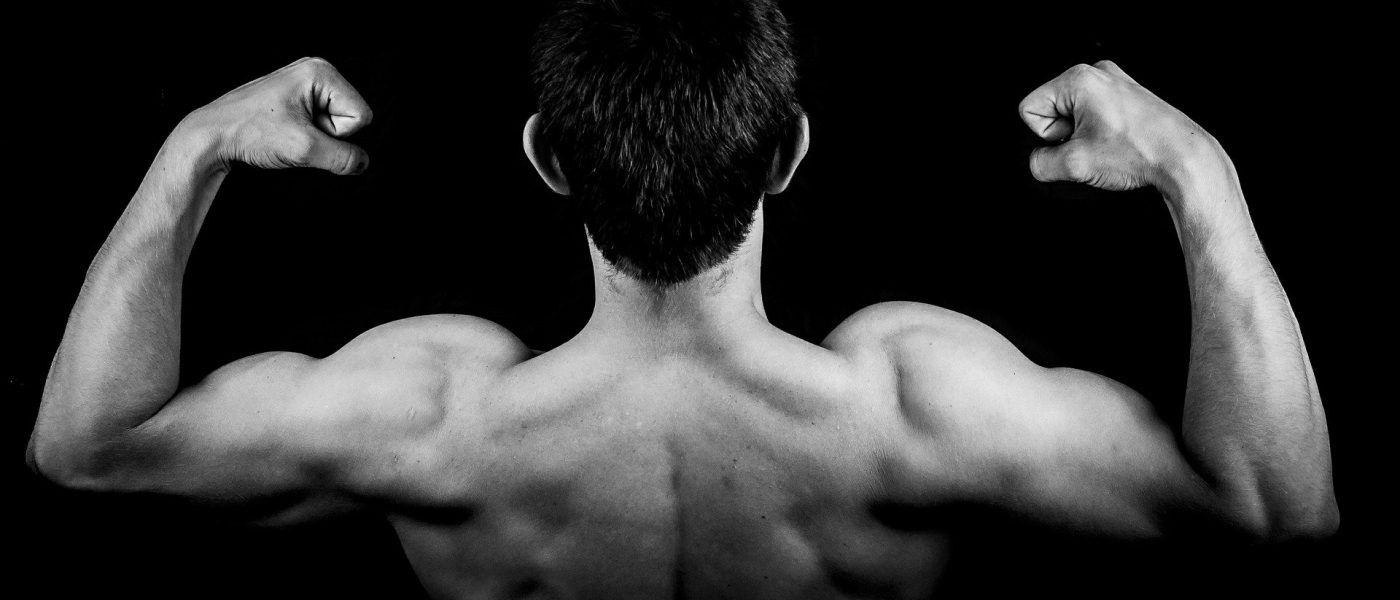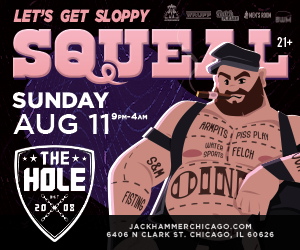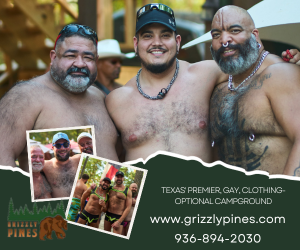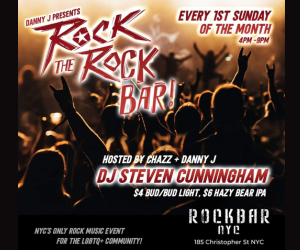Unpacking Toxic Masculinity in Leather and Queer Spaces
Go to any leather bar in New York City, San Francisco, London, Berlin, or Toronto, and you’ll see them: Muscular and toned, sometimes beefy, and usually very hairy. They wear leather harnesses. They grope each other, and make out as they grab each other’s huge bulges. They stroke each others’ beards and growl, sharing deep, aggressive tongue kisses. It’s sexy and animalistic, and it’s unmistakably masculine.
This isn’t only true for leather bars, but gay bars in general – especially, but not exclusively, bear bars – since the bear community often shares some similar interests and standards. These standards particularly revolve around the preference for the rough, rugged, traditional “alpha male” persona, or at least the outward appearance of such a trait.
Some may say that this idea of rugged masculinity as a desirable male trait is absolutely fine, and that being attracted to masculinity obviously means that one would most likely pursue someone strapping and bearded before they would pursue someone who is femme and wearing makeup. “If I wanted a woman, then I’d just be with a woman”, I hear many gays say.
Recently, there was an incident where a member of the Great Lakes Chapter of ONYX was bashed on social media because of the attire he wore on stage as a contestant in the Mr. Michigan Leather Contest. His outfit was deemed too “feminine” by a guy who decided to post his contempt to Facebook. Social media erupted in support for the contestant, with many referring to the person who bashed him as a “troll”, and calling him out on his toxic behavior.
The ordeal highlights an important issue that has come up a lot in the leather community recently: How do we combat toxic masculinity? This question led me to a few other questions that I also began to think about: What exactly is masculinity? Is masculinity inherently toxic? And, if masculinity is inherently toxic, are we enablers of this toxicity just by being attracted to said masculinity?
Toxic masculinity seems to have its roots, of course, in our society’s idea of what it means to be masculine. Many gay and queer men grow up berated for not being masculine enough, as if going outside and getting dirty with the boys solidifies your masculinity, while staying in and playing dress up with the girls threatens it.
Because of this, many gay and queer men grow to feel insecure about our masculinity, internalizing the same homophobia and misogyny that has been used to attack us. We then idealize these hypermasculine traits, and we shame those who are femme as a way to assert our own masculinity. In this way, we act in the same manner that homophobes and transphobes act toward the LGBTQ community.
But, for some, the idea that somehow being attracted to masculinity is rooted in insecurity and internalized homophobia is not an idea that they are willing to accept. One blogger even writes, “Traits that one person considers toxic, may not be to another person; the entire phrase is based on a subjective scale with absolutely no objective ground and is used as a shaming tactic for “modern feminists” and anybody else buying into their horrible rhetoric. For example, one person may like the typical ‘alpha male’: Confident, loud, powerful, buff, etc. But another person may find those traits unlikeable, and so they’ll brand that male as ‘toxic’ because ‘toxic masculinity’ is a catch-all term for any traits a man has that are considered unlikeable or ‘overly masculine’.”
For many gay men, this idea of preferences is valid. Gay men are men who just so happen to be attracted to other men, and they prefer masculinty. This is true. The issue is not being attracted to masculinity, but that our attraction is rooted in society’s gender norms, and these gender norms affect the way we think about how men should act.
These ideas about how men should act also affect how we view men, and makes us attracted to them. These ideas of masculinity may also cause us to self-loathe, since this form of hypermasculinty is something that many gay and/or queer men aspire to, but find it hard sometimes to reach.
I’ve come to my own conclusion, after thinking about it for some time, that masculinity, in its non-toxic form, is not an action, but rather an energy that one gives. It’s an inherent energy that we’re attracted to, not an action.
Being masculine, in a sense, is saying that your dominant energy is masculine, even though you may also have some feminine traits. I believe that humans, especially queer humans, posess both masculine and feminine energy. Being masculine just means that your dominant traits are masculine, and this is fine. Being masculine is fine, and being attracted to masculinity is fine.
Masculinity becomes toxic when insecurity allows us to feel that our masculinity is being threatened by the presence of femininity. We project that insecurity onto others when we do such things as deny gay men admittance into a gay establishment because they’re wearing high heels.
Many of the gay leather and bear communities are built on a certain brand of masculinity that totally excludes the existence of femininity. Leather culture, in particular, grew out of post-WWII biker culture.
As the popularity of this subculture grew, it became associated with the image of masculine independence that resonated with butch gay men who were dissatisfied with mainstream queer culture.
They idealized this brand of hypermasculinity, in which wearing leather clothing in an overtly erotic fashion became associated with this heightened masculinity and sexual power that many gay men either wanted to posses or desired to be dominated by – or both.
The presence of toxic masculinity is so prevalent in the gay leather community because the community was basically built on gay men’s insecurity and the idealization of hypermasculinity.
This is not to say that the gay leather community is inherently bad and needs to be destroyed. It just means that the leather community, just like every other community, has to evolve. Recognizing toxic behavior is not an attempt to destroy the very foundation of the gay leather community, but it’s an attempt to challenge our ideas about manhood and how we view outward expressions of masculinity. It’s an attempt to make the leather community a safe space for men of various masculine expressions.
Yes, being gay is about being attracted to men and/or masculinity. But being queer is about realizing that there’s more than one way to do everything, including masculinity. Even if a man exudes more femininity than you prefer, there’s no need to completely disregard or invalidate his masculinity. And just because you may prefer men of a certain masculine expression does not mean you need to announce this in public or on dating apps in order to pacify your insecurities regarding your own femininity.
Embrace your feminine side. It’s ok, sis. We know she’s in there, and she’s waiting to come out.
